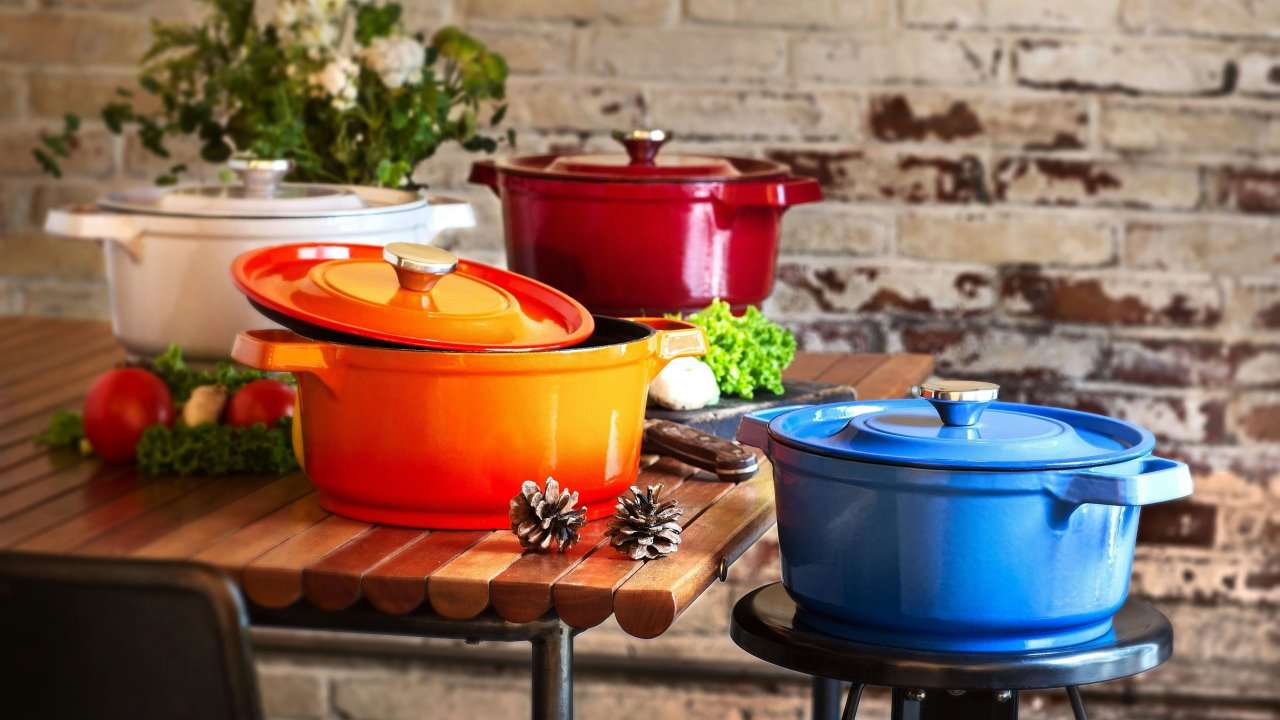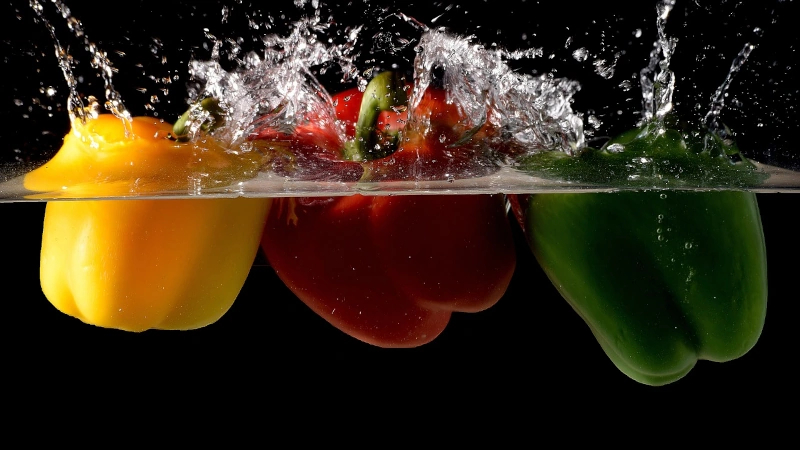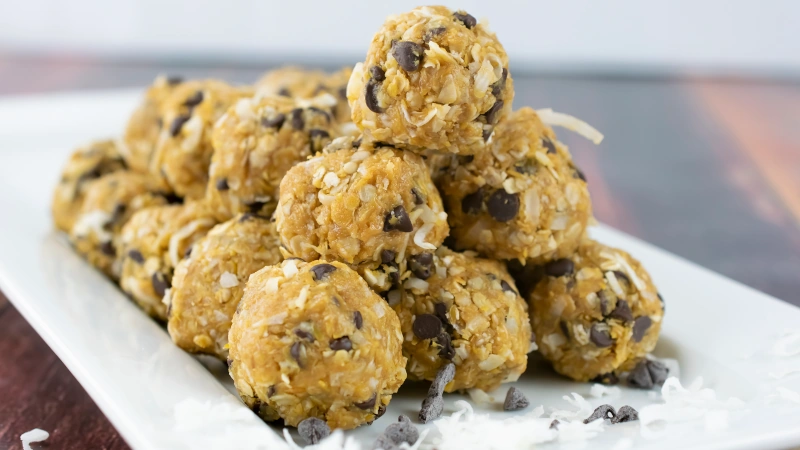
As the saying goes, “good things come in small packages.” I don’t know about you, but to me it means jewelry. Well, that is not always the case. Good things can come in the form of a book – just take a peek at the carousel at your local book store. We all know the titles, Don’t Sweat the Small Stuff, The Power of Positive Thinking and so many others. But I have recently been sent a different type of small book. Actually a small cookbook called 101 Things To Do With A Dutch Oven by Vernon Winterton for Gibbs Smith Books.
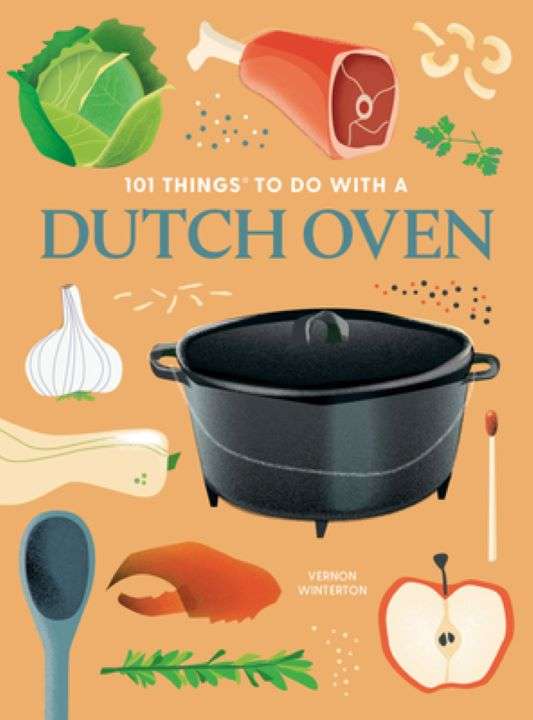
I found this interesting because I always assumed a Dutch oven is the same as a plain old stockpot. Admittedly I was quite wrong especially when I found out cooking in a Dutch oven has been around since the 17th century.
The term “Dutch oven” likely emerged from the Dutch people because of their expertise in molding iron into various shapes. What a discovery! And at that time those ovens were designed with heavy lids to retain heat and moisture which actually tenderized tough meats.
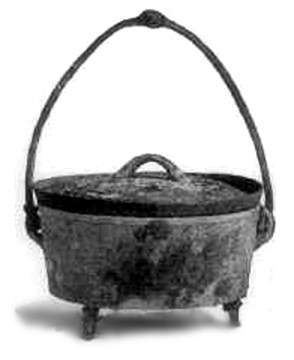
Photo: McClure's Magazine, January, 1896, Vol. VI. No. 2.
America here we come! The design of the Dutch oven changed during the colonial era. Fun fact: Paul Revere is actually credited for the design change. He added legs to hold the oven above the heated reddened coals and a lid with a ridge to hold the coals on top of it. Great for the early settlers and those traveling west. More about the coals in a minute.
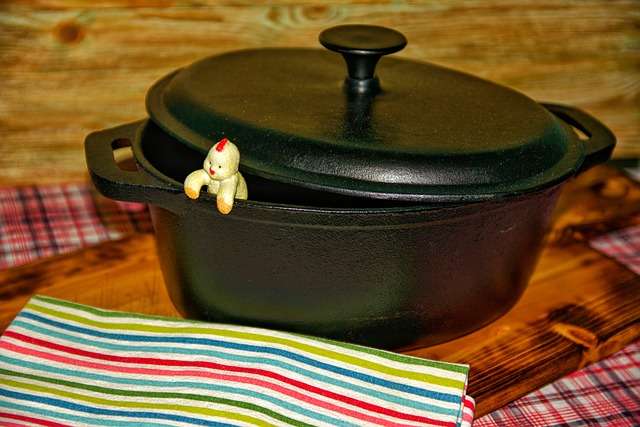
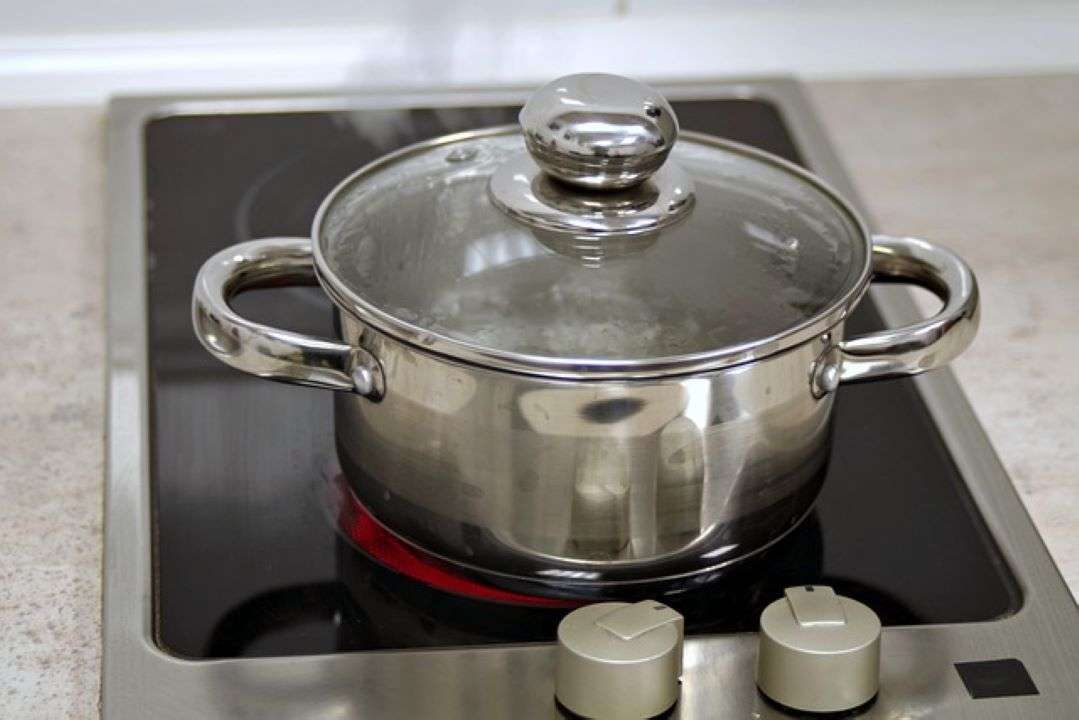
Let’s rewind. So, what is the difference between a Dutch oven and a stock pot? Because it is made from iron a Dutch oven holds and distributes heat evenly. Better yet, it can go from the oven to the stove without any problems. A stock pot is usually taller and you may have a bit of a challenge fitting it in your oven. Plus, depending on the material it is made from a stock pot may not cook evenly. I know I have had that dreaded burning issue when making certain stews and sauces, and unfortunately cleanup really becomes a bear. As an additional bonus you can do so much with a Dutch oven. From baking bread, whipping up some amazing main dishes, side dishes, sauces, soups, stews and desserts. Sounds like a one pot stop to me.
ON WITH THE COOKBOOK REVIEW!
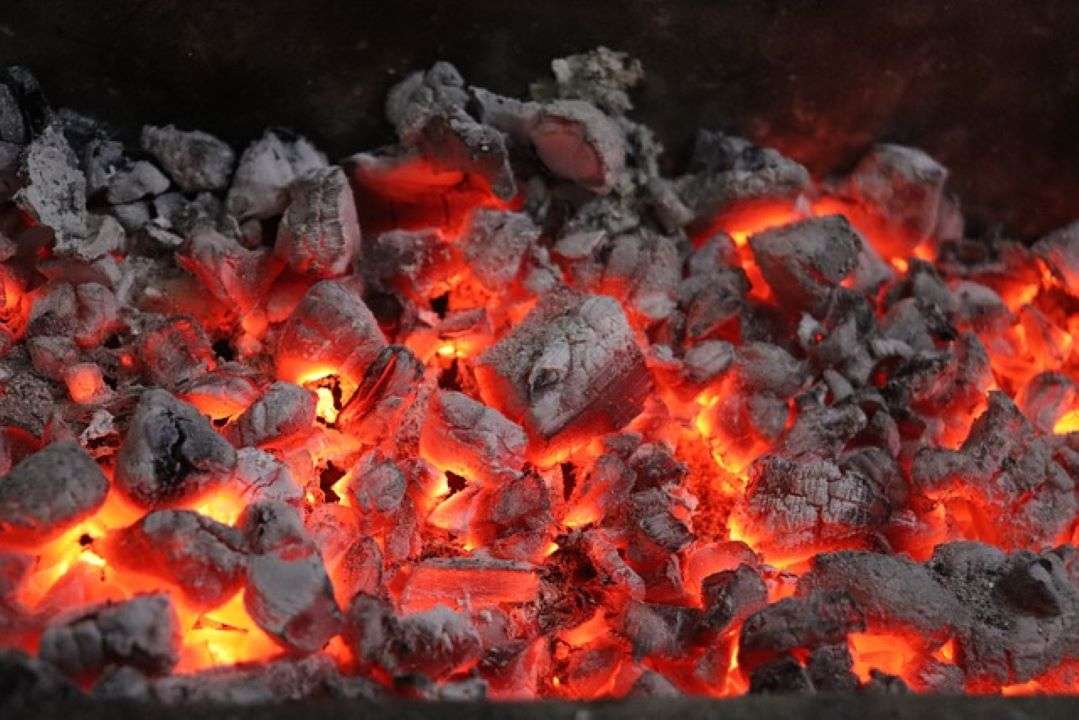
The use of coals amazes me. I always associated a Dutch oven for, well, oven use only. Every recipe in this cookbook has instructions for cooking with coals, great for camping and family parties in our lovely state parks, and oven instructions. The cookbook explains how the number of coals needed is what actually determines the temperature. Who knew?! Good news is there is actually a formula to help with the calculations for the number of coals you will need. The cookbook goes on to explain; how to purchase a Dutch oven, season and protect it, and more specifics about cooking with it.
The type of recipes incorporated in this little book are amazing. There are recipes for breakfast, breads and rolls, main dishes, sides dishes, sauces, soups, stews, and everyone’s favorite desserts. Plus, there are helpful hints throughout it. Which I highly recommend you read.
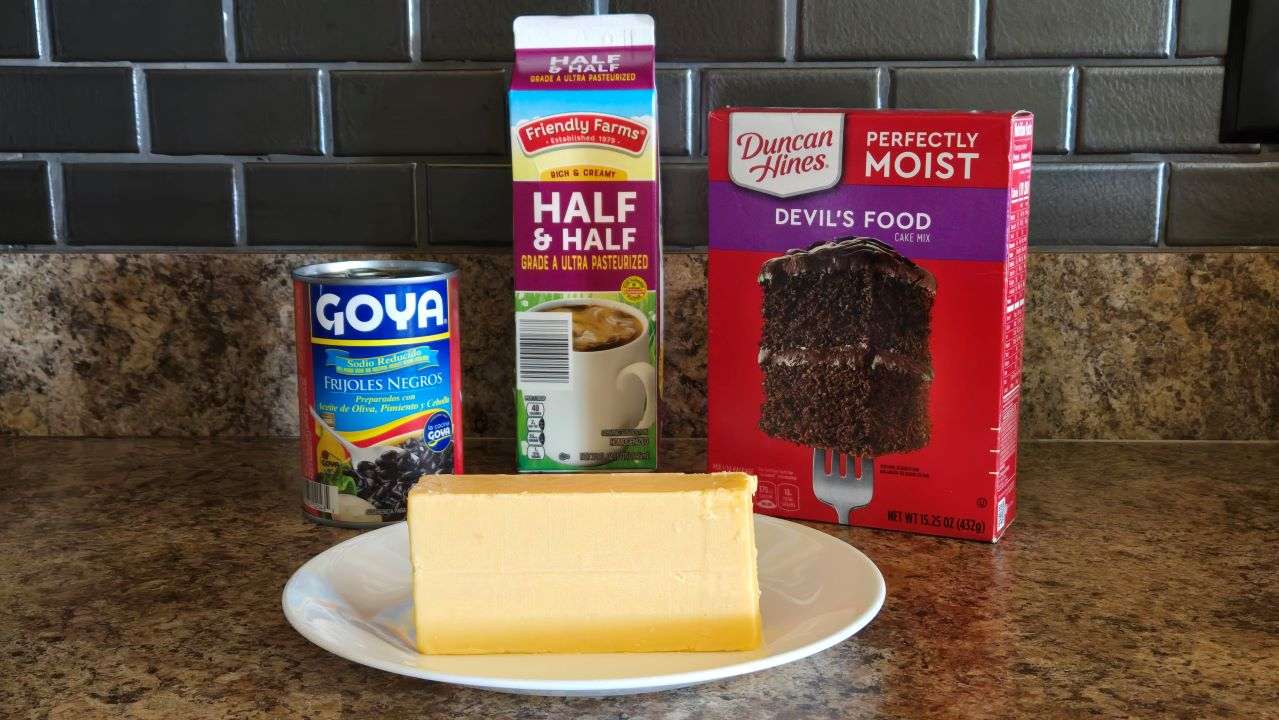
A word of caution, please read the recipes carefully. Many contain specific types of cheese, canned soup, cake mixes, and dairy products. Remember, we always have to mindful of food allergies.
Today, Dutch ovens are a must for your cooking needs. If you are beginner or an expert who wants to cook simple meals in one pot 101 Things To Do With A Dutch Oven is for you.
Dutch ovens are cherished by home cooks and professionals alike. To get you started check out two of their amazingly simple recipes – Basic White Bread and a family favorite Sloppy Joes.
